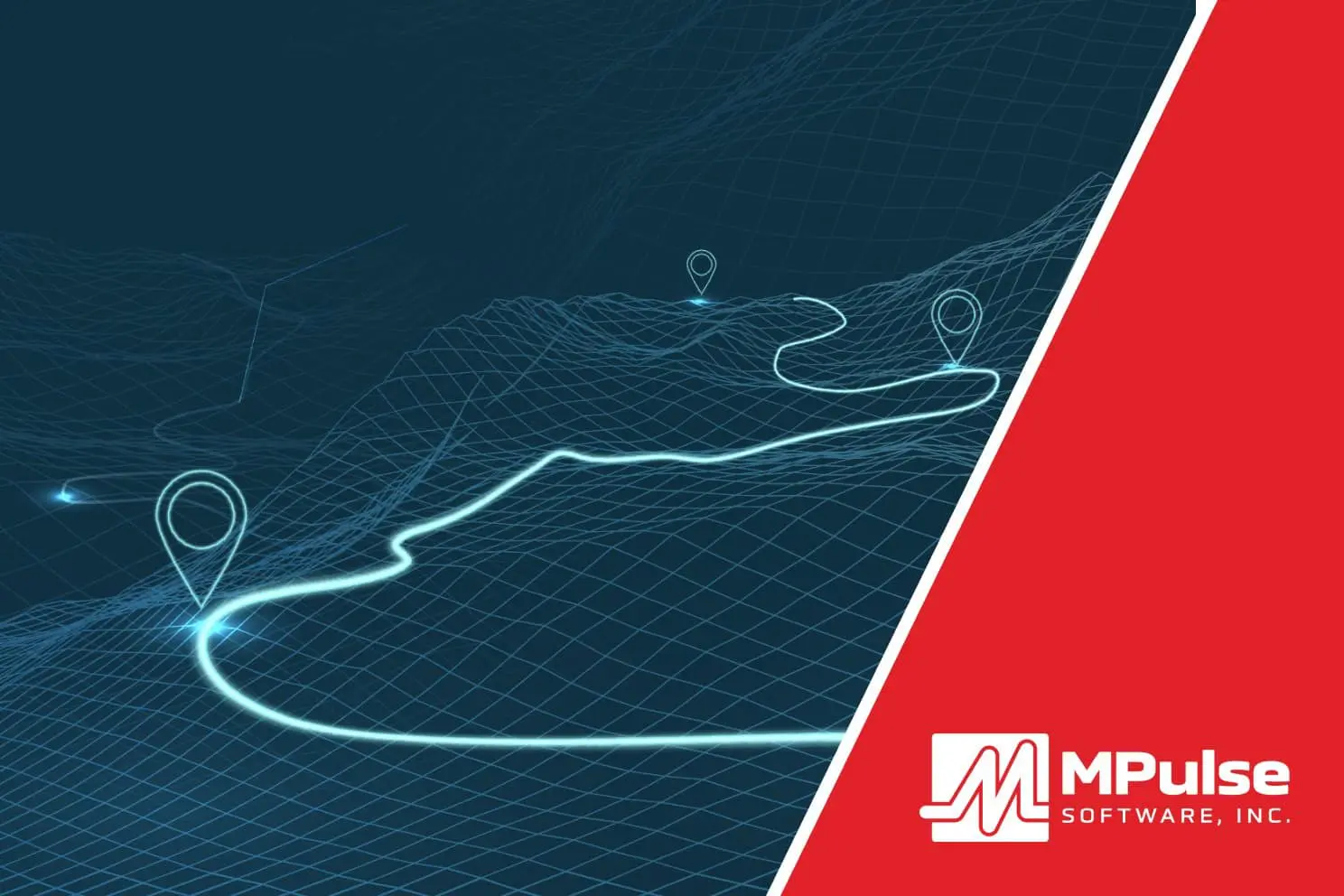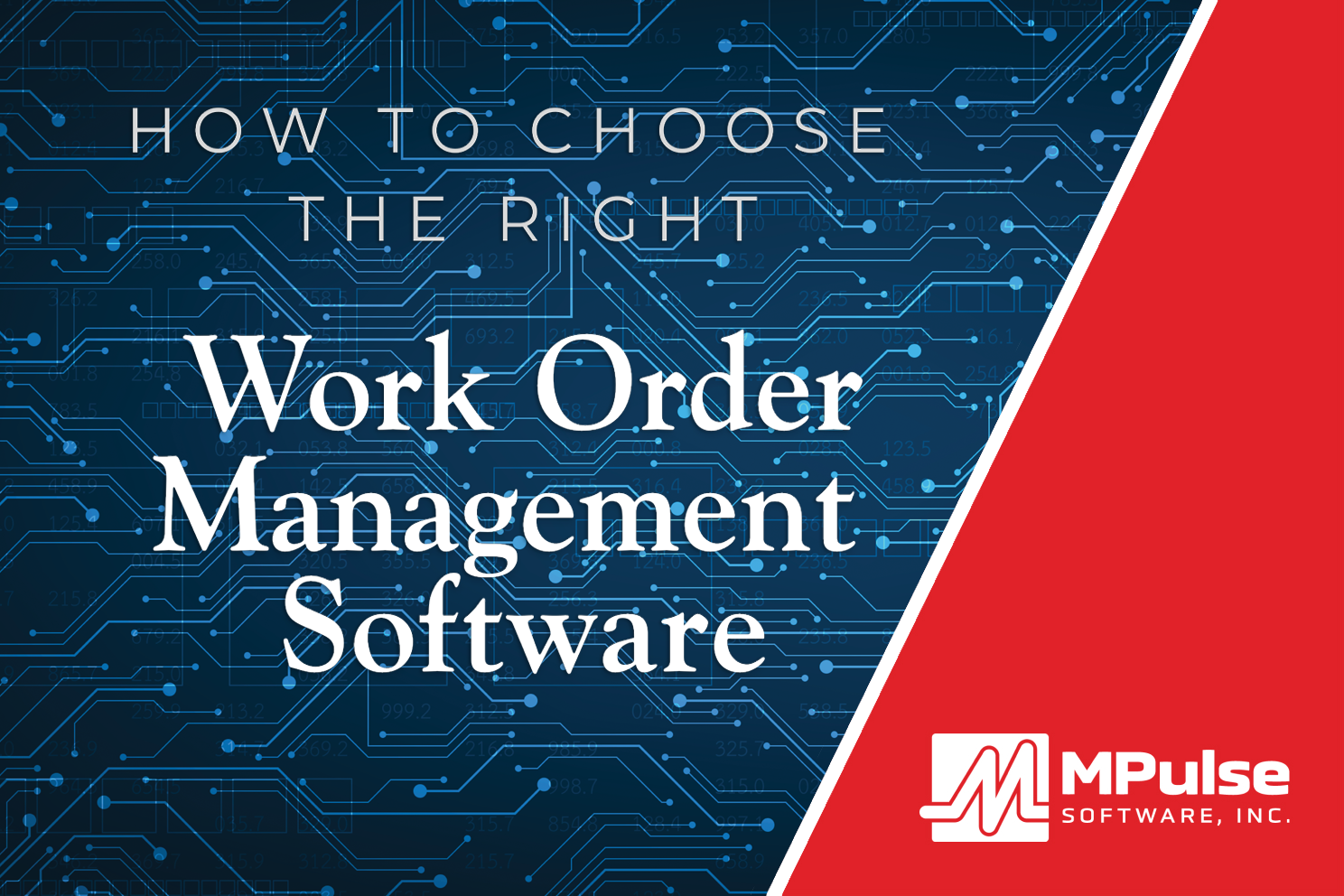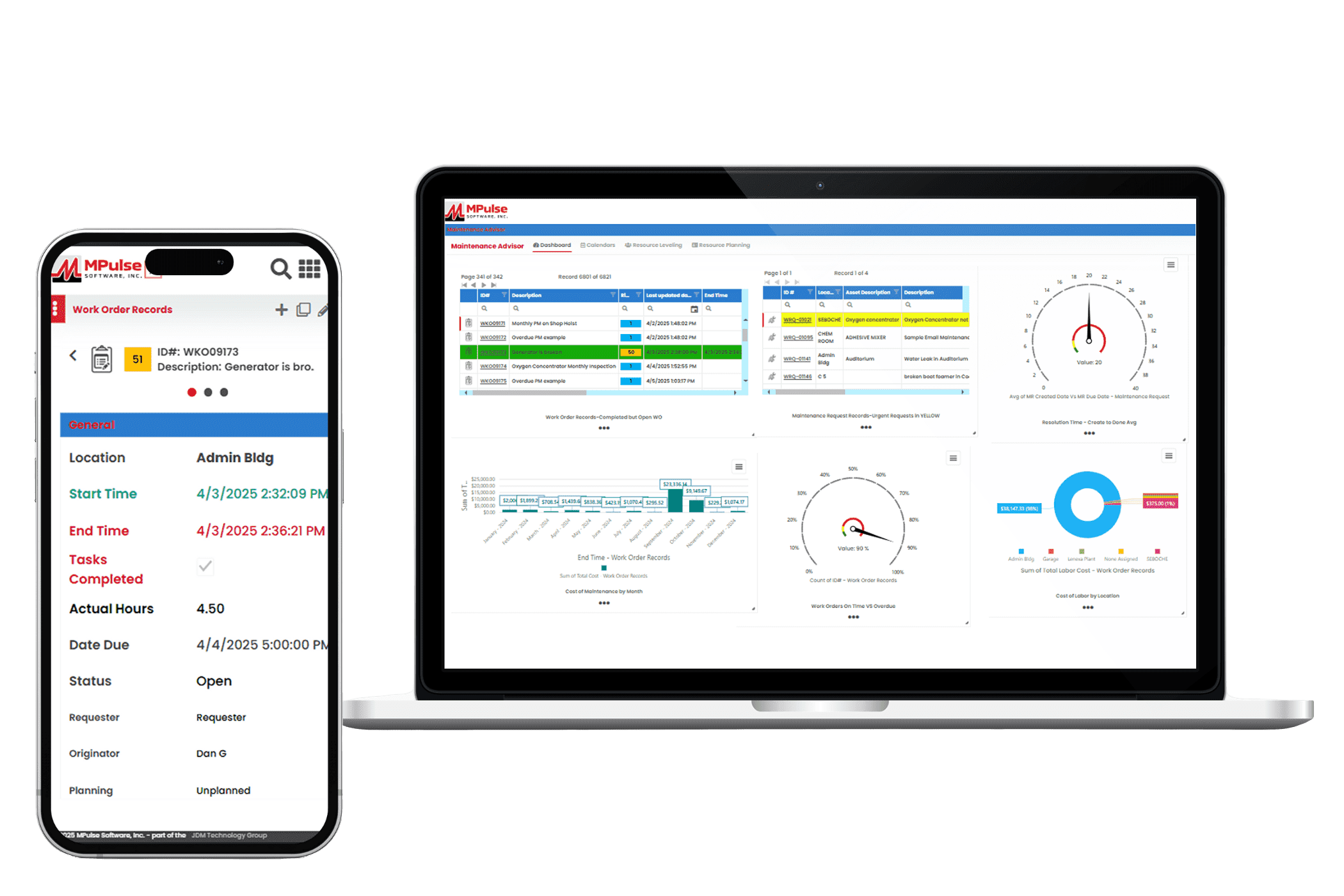After nearly two years of COVID-19 related challenges, maintenance professionals are looking to make changes in 2022.
Many of their wish lists include buying or upgrading CMMS software.
Here’s a roadmap to help you navigate the CMMS selection process. Start researching CMMS management systems by outlining your needs from the product, the price, and the software vendor.
Table of Contents
The Product
To achieve the best results with maintenance/asset management software, your staff should be able to use the software easily, and the software needs to have a comprehensive set of features and functions. Your CMMS software requirements will serve as the basis for your search.
Start with realistic expectations about what your organization needs, and what your team will use.
Ease of Use
You can be the best judge of this one because you know your staff. Ask yourself these five questions to guide your decisions.
1. How computer savvy is my staff?
If some of your staff are unlikely to use any computer, make sure the software you’re considering accommodates users who will only be comfortable with paper processes. For instance, you should be able to print out work orders and easily incorporate their use with online usage.
2. How important is mobile usage to my team now and in the future?
A growing number of users are at the other end of the spectrum from “paper-only” users. They only want to enter and view data on handheld devices or tablets. Mobile technology is fast becoming the most important interface for maintenance professionals who do most of their work away from the office computer. Make sure your vendor has a mobile app that’s purpose-built for the devices your team will be using.
3. Will I be able to easily configure the software to my custom needs?
Be sure to ask your vendor how easy it is to configure the system to match your workflow, terminology, security, and language needs. You should be able to customize these settings yourself, without relying on your IT staff or the vendor, or incurring service fees.
4. Is the software I’m evaluating purpose-built for maintenance and asset management?
Employees are generally happier with software that’s written specifically for the jobs they’re doing. Be wary of general-purpose software that has been retrofitted for asset management or maintenance tracking usage.
5. Is the software easy to access from any computer?
Today’s leading solutions offer access through a standard web browser. It’s the easiest way to access software and doesn’t require special software installed on your desktop or laptop machine. It’s best to find a vendor that offers both the option to install the software locally on your company servers, or to have it professionally managed on a hosted server.
Comprehensive Feature Set
When your CMMS implementation process is successful, the last thing you’ll want to learn later is that you don’t have room to grow. Ask yourself these three important questions when you’re evaluating the depth and breadth of an application’s features and functions.
1. Does the software include advanced features—or the option to add them?
Advanced features like condition-based maintenance, cost center budgeting, and advanced inventory tracking can become important as your organization matures. You may not use these functions initially—and shouldn’t have to pay for them right out of the gate—but make sure there’s a reasonable upgrade path. You might need to add them later.
2. Will I be able to easily integrate it with other systems?
If software becomes an “island,” its usefulness is limited, and staff may be forced to learn and use other systems. Look for software based on industry-standard technologies so it can easily integrate with other standard software applications, like accounting, HR, and building automation. Ideally, you should be able to set up integrations and data exchanges yourself, without calling on your IT staff, the vendor, or expensive consultants.
3. Will the software share data across multiple sites?
If your organization has multiple sites, each with their own maintenance manager, you’ll need software that allows each site to operate independently, but still allows easy information sharing across sites. Be sure you can consolidate reporting at the regional or corporate level, if needed.
The Price
When you’re beginning your evaluation of a software package, it’s fair to expect sales reps to provide price-range estimates.
Of course, you’ll have to cooperate by answering questions about your specific needs. The more accurate answers you give, the better price estimate you’ll get.
Early quotes that include optional features and “add-ons” may provide more precise estimates, but they can also add complexity early in the discussions. If you decide to include such items in preliminary quotes, be willing to devote some extra effort to understanding the details.
If the range of the estimate is in your ballpark, you can feel confident about going forward with evaluating the product and company. Once you’ve narrowed down your choices to a few favorite vendors, ask each sales rep to refine her pricing. Make sure you calculate the five-year total cost of ownership. Include startup training, integration services, data migration from legacy systems, hosting, and maintenance/support agreements.
Pricing Models
Typically, there are two ways to purchase software.
Subscription Pricing
This purchase method is often referred to as Software as a Service, or “SaaS.” When you opt for SaaS, you’re actually renting the software and you pay a monthly or yearly fee. This is a common option with many applications today—but it may not be the best one for you.
Advantages
-
- Easier on cash flow up front and over the first 2-3 years.
- May be able to purchase it without a formal procurement process (i.e., you’re just signing up for a service).
- You get to try out the product and the vendor without fully committing.
Disadvantages
-
- Higher total cost over the long term.
- Vulnerability to price increases.
- You never own the software.
- Stop paying and you lose access.
Licensed Purchase
With this option, you will purchase a license to use the software (in practical terms, forever) for a one-time fee. Typically, you will also have the option of purchasing or renewing a yearly maintenance agreement that includes software updates, tech support, hosting services, and access to training. It’s usually charged as a percentage of the software’s original price.
Advantages
-
- Less expensive over the long run than the neverending subscription. Usually it’s a 2-3 year breakeven vs. SaaS pricing.
- You own it. If your company’s budget gets tight one year and you don’t get your yearly allotment, you will still be able to use your software because you own the software license.
Disadvantage
-
- Higher upfront cost.
If you’re leaning toward a subscription model, find a vendor who will allow you to switch to a license purchase model in the future if your situation changes. It’s a good option to have just in case. Make sure your procurement method doesn’t preclude you from other options, such as where you can host the application.
Make Your Choice
Once you’ve selected packages within your range, evaluate features and company characteristics. Finally, you should then further assess price, taking into account pricing models, five-year total cost of ownership, training, and other vendor-recommended investments.
The Vendor
Think about a company in terms of four factors. The first is viability, or its capacity to survive and stick around. The second is expertise—the organizational knowledge it brings to bear on the issues pertinent to our industry and product type. The third factor is responsiveness, the company’s ability to meet customers’ needs in a timely fashion. Fourth and finally, policy and process, the formal procedures an organization has in place to respond to business situations.
Use this list to evaluate each potential vendor.
Viability
If the company is a “household name” or publicly traded, it’s easier to judge their stability. Established, known brands usually have a long track record and offer plenty of publicly available information. However, if a smaller company provides the best fit for your needs, there are good ways to assess its viability too.
Questions to Ask
Consider these questions to better understand its capabilities.
-
- Does the company’s website suggest it’s a viable company or does it look unprofessional? Do you have the impression that they build a site several years ago and haven’t had the funds to update it since?
- How many customers and users do they have?
- Does the company have professionally prepared literature or other resources for the topics that are important to you? If not, the company either doesn’t have the funding to produce relevant content, or it hasn’t paid much attention to that topic. That could be a problem if that topic is important to you.
- If your point of contact is unavailable (e.g., illness, vacation), can you call a main number and get connected to someone who can help?
- Does the sales rep have standard tools of the trade, like a conference call number, webinar tools, and a mobile number to share?
- What do they offer for tech support? You’re not purchasing low-end consumer software, so you should expect phone support from a human being. What other training and support resources do they offer? Does the company offer “how to” videos or regular webinars? Do they have an online knowledge base or support portal? Do they have a tool for tracking tech support cases?
- How often is the software updated? Are you notified of updates? How are these updates performed?
- Can they support their claim with a third-party source of information? Can you get an objective reference from one of their customers?
References
The best reference is the one you find yourself. To find one, leverage any trade associations or alumni networks you or your co-workers belong to. Contact companies in your geography that may use maintenance management software and ask their advice.
Keep an open mind about references. The business doesn’t have to be exactly like yours to provide good insight about the company (and the product). A hospital, government entity, manufacturing company, zoo, and power plant do have things in common when it comes to maintenance. It’s a great way to network. It’s likely you’ll have something of value to share, and you won’t get stuck with a reference that a sales rep picked to impress you.
Expertise
Ideally, you want a vendor whose main focus is providing the products and services you’re buying. The company should also have relevant experience in your industry and understand what you do.
Questions to Ask
Here are a few questions to help you figure out whether they do.
-
- Does the company focus on CMMS and maintenance, or is it a side business or loss-leader for something else they sell? For example, do they really want to sell you an ERP system, other software or ancillary services?
- Do the backgrounds of the company’s leadership team make sense to you? Remember that you want your vendor to be a viable company. While a leadership team of all maintenance guys may have appeal to you, you want techies, finance folks, and marketing jocks in the mix too.
- What’s the company’s technical depth? How do they answer technical questions about your CMMS requirements? Whether or not you’re technical, you can make a judgment about this. For example, ask about certifications. What’s the underlying technology? Is it based on familiar technology standards? Tap into your IT staff or geek friends and get their gut feel.
- Does the company have customers who are similar to you in terms of industry, size, and geography?
- Do they offer a CMMS implementation guide, and do they discuss the benefits of a professional CMMS implementation program? Buying the software is just one step of many, and you’ll probably need some help to get it up and running.
- Does the company outsource technical support and training? Outsourcing has its place, but tech support and training aren’t good areas to outsource. Even if the outsourced service provider is US-based, it won’t have the same level of expertise or dedication as inhouse employees.
Responsiveness
A great company is no good to you if it doesn’t respond to your requests for help.
Questions to Ask
Consider these questions when evaluating a company’s responsiveness.
-
- Is the company responsive and organized during the sales process?
- If not, what’s the likelihood it will be after the sale?
If you asked a question that the sales rep couldn’t answer, that shouldn’t be a red flag (unless it was a really easy question). What you want to scrutinize is whether the sales rep responds in a reasonable time with a reasonable answer. If they don’t, either the individual is disorganized, or he/she doesn’t have technical resources readily available. If that’s the case, it could indicate a poorly funded, poorly manned organization, or a poorly trained staff. That’s a recipe for miserable tech support.
Policy and Process
If a company has poorly defined processes and policies, you’ll notice it when they’re responding on the fly to ordinary requests or challenges. Strong, professional companies have established, well-defined ways of tackling most issues.
Questions to Ask
Here are some questions to think about.
-
- Does your sales rep seem to easily answer your questions regarding the CMMS implementation steps or tech support escalation procedures?
- What’s the company’s post-sale process? Does it seem like something they’ve given thought to that will improve your chance for success?
Trust Your Gut
Whether you’re considering a large vendor or a small one, there are many ways to assess whether a company will be a good long-term partner. Many of the questions you’ll be able to answer naturally through your observations during the sales process, or by studying the company’s website. Ultimately, though, you should trust your gut and only select a vendor you’re certain you’ll be happy with over the long haul.
When you find the right CMMS software for your team, you’re on your way to creating an efficient and productive maintenance department that can cope with the constant change of modern maintenance. And that’s the bigger goal of every maintenance manager, whether they work for a small business, a government agency, or a large enterprise.
Have questions? Contact us. We’re here to help.
[related-content]






